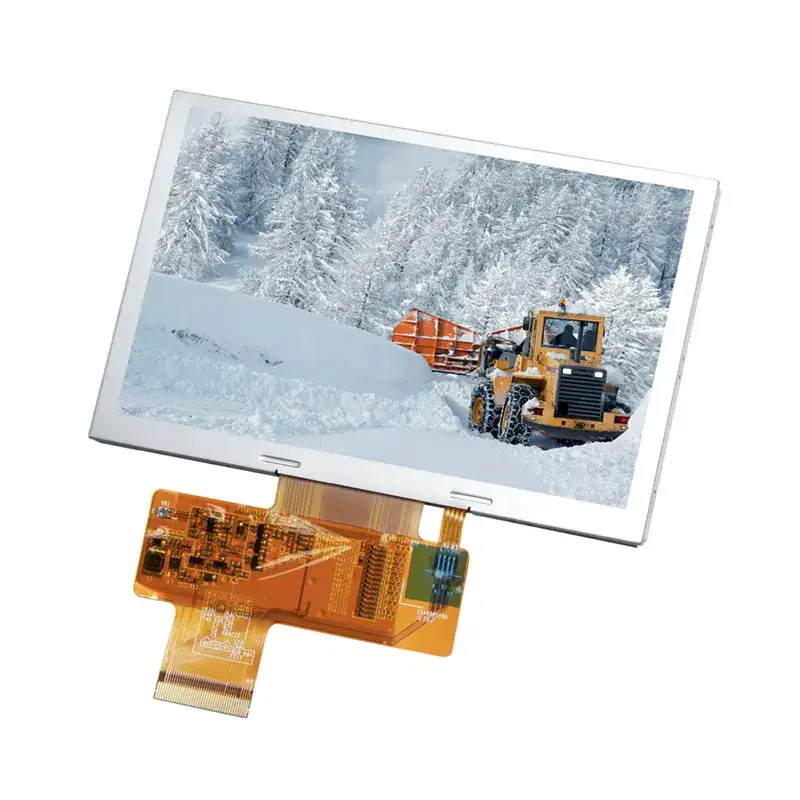
- English
- Español
- Português
- русский
- Français
- 日本語
- Deutsch
- tiếng Việt
- Italiano
- Nederlands
- ภาษาไทย
- Polski
- 한국어
- Svenska
- magyar
- Malay
- বাংলা ভাষার
- Dansk
- Suomi
- हिन्दी
- Pilipino
- Türkçe
- Gaeilge
- العربية
- Indonesia
- Norsk
- تمل
- český
- ελληνικά
- український
- Javanese
- فارسی
- தமிழ்
- తెలుగు
- नेपाली
- Burmese
- български
- ລາວ
- Latine
- Қазақша
- Euskal
- Azərbaycan
- Slovenský jazyk
- Македонски
- Lietuvos
- Eesti Keel
- Română
- Slovenski
- मराठी
- Srpski језик
TFT Module Technology: How Does It Work?
2025-03-18
TFT module (Thin Film Transistor Liquid Crystal Display) technology has a sandwich structure with liquid crystal material filled between two glass plates. Two polarizing filters, color filters, and two alignment layers determine exactly how much light is allowed to pass through and what colors are created.

Each pixel in the active matrix is paired with a transistor that includes a capacitor that enables each sub-pixel to retain its charge instead of having to send a charge every time it needs to change. The TFT layer controls the flow of light, the color filters display the color, and the top layer holds the visible screen.
The charge causes the liquid crystal material to change its molecular structure, allowing various wavelengths of backlight to "pass through." The active matrix of a TFT module is in constant flux and changes or refreshes rapidly based on incoming signals from the control device.
The number of pixels in a TFT module is determined by the underlying density (resolution) of the color matrix and TFT layout. The more pixels, the more detail. Available screen size, power consumption, resolution, interface (how it is connected) are all determining factors.

TFT screens cannot produce light on their own like OLED displays can, and must be used with a bright white backlight to produce an image.
TFT module has several advantages over other types of displays (CRT, plasma). It is light, thin, and energy efficient, making cell phones, laptops, wall-mounted LCD TVs, tablet computer displays, and other handheld devices possible. TFT module is also relatively inexpensive, which has made it a dominant player in the display space.




